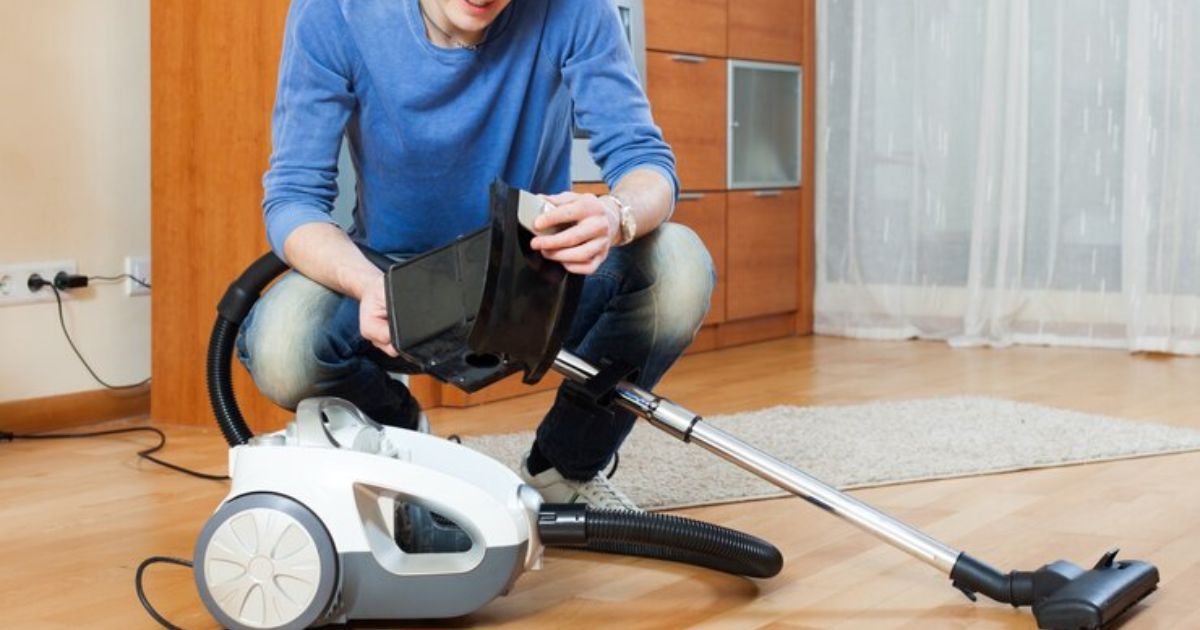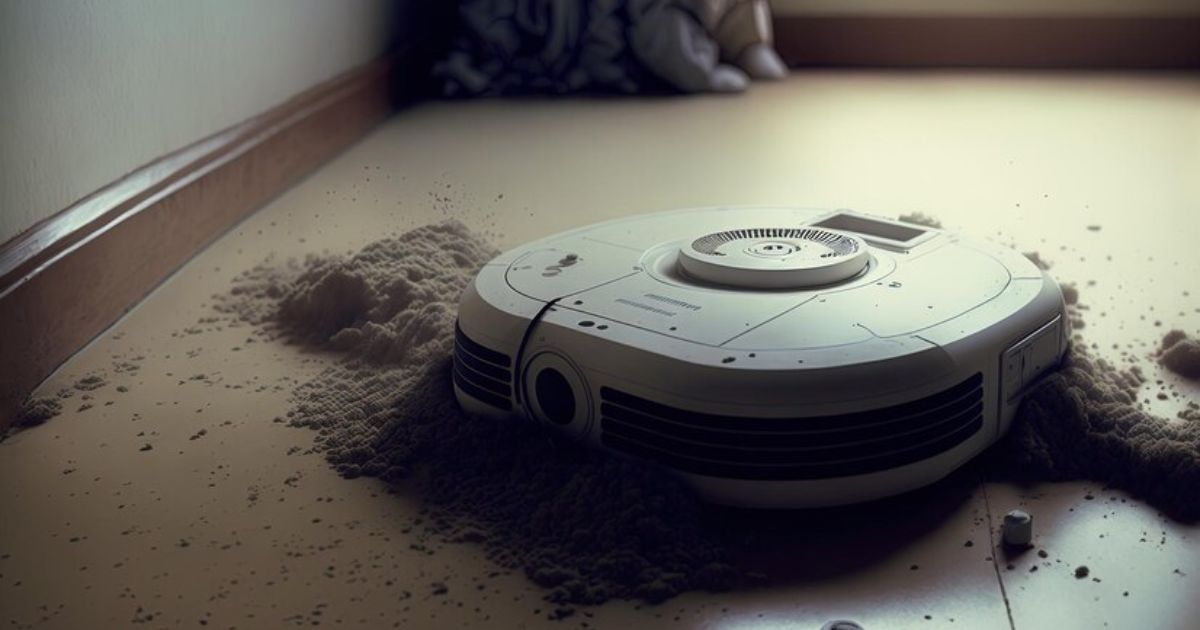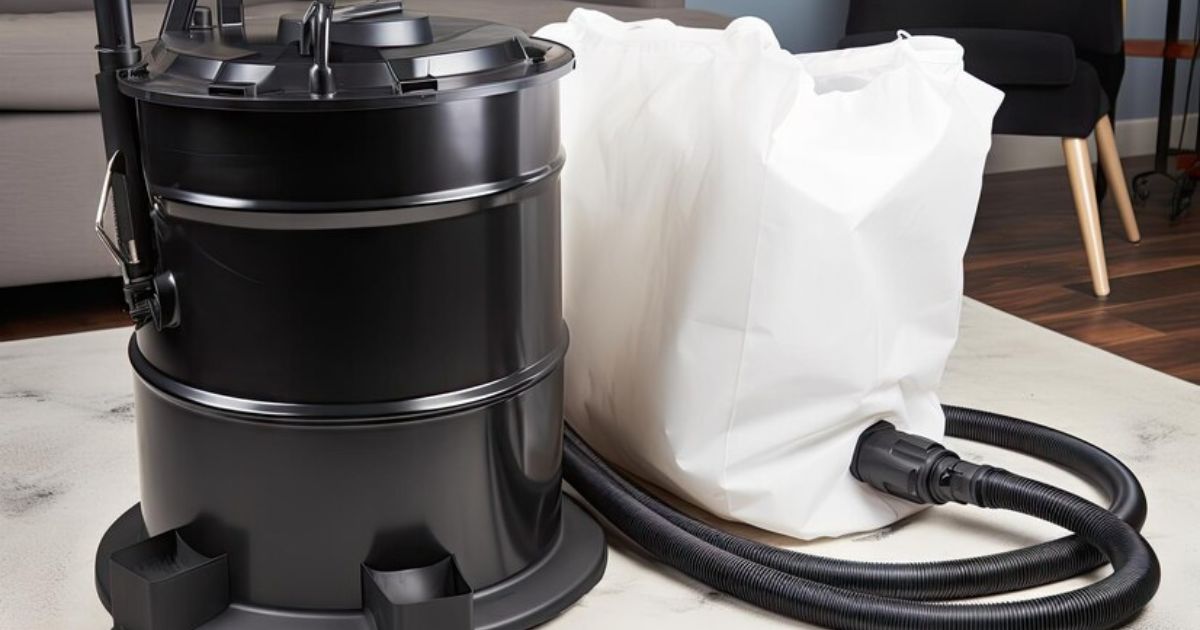“Are you tired of your vacuum cleaner not picking up dirt effectively? Look no further! In this informative article, we will guide you through the step-by-step process of fixing a vacuum cleaner with no suction. From checking for clogged airways to inspecting and removing blockages, we will equip you with the knowledge and techniques to restore your vacuum cleaner’s performance. Say goodbye to frustration and hello to a cleaner home. Wondering about the cleaning lady cost per hour? We’ve got you covered with expert tips and tricks.
Key Takeaways
- Thoroughly inspect the hose, wand, and attachments for visible blockages.
- Check and clean or replace the filters regularly to maintain suction power.
- Examine and remove tangled debris from the brush roll.
- Check and empty the vacuum bag or canister when full.
Check for Clogged Airways
To address the issue of a vacuum cleaner lacking suction, the first step is to thoroughly inspect and clear any potential obstructions in the airways. Clogged airways can significantly reduce the effectiveness of a vacuum cleaner. Begin by checking the hose, wand, and attachments for any visible blockages. Use a flashlight to ensure thorough visibility. If any debris or foreign objects are detected, remove them carefully. Additionally, inspect the vacuum’s filter and replace it if necessary.
A clogged or dirty filter can restrict airflow and diminish suction power. It is also important to check the canister or bag for any accumulated debris and empty it if needed. By diligently examining and clearing the airways, the vacuum cleaner’s suction capability can be restored, ensuring optimal performance.
Clean or Replace the Filters
Now that we have addressed the issue of potential obstructions in the airways, the next step in fixing a vacuum cleaner with no suction is to clean or replace the filters. Filters play a crucial role in trapping dust and debris, preventing them from clogging the motor and reducing suction power. Over time, filters can become dirty and clogged, hindering the vacuum cleaner’s performance. Here are some important points to consider when cleaning or replacing the filters:
- Check the type of filter your vacuum cleaner uses, as different models may require different types of filters.
- Remove the filter according to the manufacturer’s instructions.
- If the filter is washable, rinse it with water and allow it to dry completely before reinstalling.
- For non-washable filters, replace them with new ones to ensure optimal performance.
- Regularly clean or replace the filters to maintain the suction power and prolong the life of your vacuum cleaner.
Inspect and Remove Any Blockages in the Hose
To effectively address the issue of a vacuum cleaner with no suction, it is essential to thoroughly inspect the hose for any blockages. The hose is a crucial component of the vacuum system as it allows the airflow to carry the dirt and debris into the vacuum bag or canister. Over time, the hose can become clogged with various types of debris, such as hair, dust, or small objects.
To inspect the hose, start by disconnecting it from both the vacuum cleaner and the attachment. Use a flashlight to examine the interior of the hose and check for any obstructions. If a blockage is found, carefully remove it using a long, flexible brush or a straightened wire coat hanger. By ensuring the hose is free from blockages, you can restore proper suction to your vacuum cleaner.
Examine the Brush Roll and Remove Tangled Debris
Continuing the inspection for a vacuum cleaner with no suction, it is important to examine the brush roll for tangled debris. The brush roll, also known as the beater bar, plays a crucial role in agitating and loosening dirt and debris from carpets and floors. If it becomes clogged or tangled, it can hinder the suction power of the vacuum cleaner. Here are some steps to follow when examining the brush roll:
- Turn off and unplug the vacuum cleaner to ensure safety.
- Locate the brush roll cover usually at the bottom or side of the vacuum cleaner.
- Remove the cover and carefully inspect the brush roll for any tangled hair, fibers, or debris.
- Use a pair of scissors or tweezers to gently remove any tangled debris from the brush roll.
- Once cleared, replace the brush roll cover securely.
Ensure the Vacuum Bag or Canister Is Not Full
To address the issue of a vacuum cleaner with no suction, it is important to check if the vacuum bag or canister is full. A full bag or canister can hinder the airflow, resulting in reduced suction power. To determine if the bag or canister is full, first, turn off the vacuum cleaner and unplug it from the power source. Next, open the vacuum cleaner and locate the bag or canister.
Carefully remove it from the vacuum and inspect its contents. If the bag is full, it should be disposed of and replaced with a new one. Similarly, if the canister is full, empty its contents into a garbage bag or bin. Regularly checking and emptying the vacuum bag or canister will help maintain optimal suction power for efficient cleaning.
Check for Any Damaged or Worn-Out Parts and Replace if Necessary
Is the vacuum cleaner still lacking suction even after checking the bag or canister? If so, the issue may lie with damaged or worn-out parts. To restore the suction power of your vacuum cleaner, follow these steps:
- Inspect the hose for any cracks or clogs. A damaged hose can hinder the airflow, resulting in reduced suction.
- Examine the brush roll for tangled hair, threads, or debris. Clean or replace the brush roll if necessary.
- Check the filters for dirt buildup. Clogged filters restrict airflow and can diminish suction. Clean or replace the filters as needed.
- Inspect the belts for wear or damage. A loose or broken belt can cause the brush roll to stop spinning, leading to poor suction. Replace any worn-out belts.
- Examine the seals and gaskets for any leaks or damage. Faulty seals can result in air leakage, reducing suction power. Replace any defective seals or gaskets.
FAQ,s
How Often Should I Clean or Replace the Filters in My Vacuum Cleaner?
The frequency of cleaning or replacing filters in a vacuum cleaner depends on various factors such as usage, filter type, and manufacturer’s recommendations. Regular maintenance ensures optimal performance and prolongs the lifespan of the vacuum cleaner.
Can I Use Any Type of Cleaning Solution to Clean the Hose of My Vacuum Cleaner?
Using the correct cleaning solution is essential when maintaining the hose of a vacuum cleaner. It is important to follow the manufacturer’s guidelines to ensure optimal performance and prevent damage to the equipment.
What Should I Do if the Brush Roll in My Vacuum Cleaner Is Not Spinning?
If the brush roll in your vacuum cleaner is not spinning, there are several potential causes. Check for blockages, ensure the belt is properly attached, and inspect the motor or brush roll for any damage.
How Do I Know if the Vacuum Bag or Canister Is Full?
To determine if a vacuum bag or canister is full, observe the decrease in suction power or the accumulation of debris in the collection chamber. Regularly checking and emptying the bag or canister will optimize the vacuum cleaner’s performance.
How Long Do the Parts of a Vacuum Cleaner Typically Last Before They Need to Be Replaced?
The lifespan of vacuum cleaner parts varies depending on factors such as usage frequency and maintenance. Generally, components like filters and belts may need replacement every 6-12 months, while motors and hoses can last several years with proper care.
Conclusion
In conclusion, fixing a vacuum cleaner with no suction requires a systematic approach. By checking for clogged airways, cleaning or replacing filters, inspecting and removing any blockages in the hose, examining the brush roll, and ensuring the vacuum bag or canister is not full, one can restore the suction power of their vacuum cleaner. Additionally, regularly checking for damaged or worn-out parts and replacing them if necessary is crucial for maintaining optimal performance. Remember, a well-maintained vacuum cleaner ensures a clean and healthy environment.










